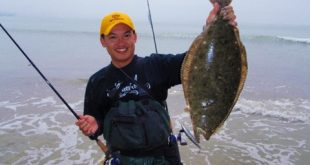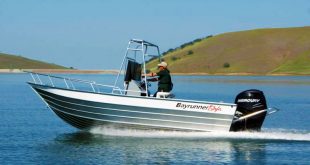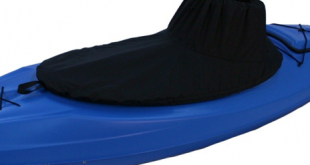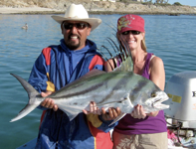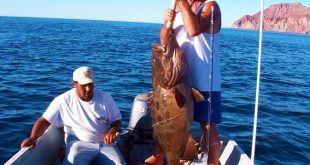 The roosterfish (Nematistius pectoralis) is an exotic and popular gamefish species that spans from Baja California all the way down the coast into Peru and the Galapagos Islands. Referred to in Mexico as Pez Gallo, Baja’s famed East Cape is one of the closest venues where anglers have one of the best chances to catch one of these prized, elusive and hard fighting gamesters.
The roosterfish (Nematistius pectoralis) is an exotic and popular gamefish species that spans from Baja California all the way down the coast into Peru and the Galapagos Islands. Referred to in Mexico as Pez Gallo, Baja’s famed East Cape is one of the closest venues where anglers have one of the best chances to catch one of these prized, elusive and hard fighting gamesters.
The months between May and October are generally the most productive times to pursue this species, although they are sometimes caught in the off months. Whether on a boat or standing on dry land, one of the best ways to locate feeding roosterfish is by watching for surface disturbances and diving birds within 200 yards of the beach. It’s long, comb-like dorsal fin, which inspired its nickname, can usually be seen cutting through the water as it violently strikes and slashes at its prey.
Despite the fact that roosterfish are voracious predators when involved in a feeding frenzy, even then, they can be easily spooked. The fact that they are not easily hooked and landed contributes to their reputation as a worthy adversary for even the most intrepid angler.
Try trolling very slowly, between 3 and 4 knots in depths of 10 to 25 feet with your lure running at least 15 yards behind your craft, between 2 to 5 feet from the surface. Once hooked, especially on lighter tackle, a big roosterfish will provide you with the fight of a lifetime. They will often crash through the surface and leap into the air before heading out into deeper water. These fish may also turn and swim directly under your boat, trying to wrap the line around anything that may be available to help them escape.
After successfully bringing a roosterfish on the boat or shore, it is important not to injure the fish before returning it to the water. The flesh of the roosterfish tends to be dark and gamey, hence, it is not an attractive candidate to keep as table fare. If the hook or lure happens to be lodged deep in the gullet, it’s better to simply cut the line at a point just outside the fish’s mouth and release it immediately. Often, hooks deteriorate after being continuously submerged in saltwater for a relatively short period of time, and afford a better chance of survival than if you were to try and reach down the fish’s throat and forcibly remove the hook with pliers.
One thing is certain, once you have successfully stalked, hooked and landed a roosterfish, you will quickly understand why they have become one of the favorite targets of the world’s best saltwater anglers.
 Baja Review A community newspaper serving Ensenada, Valle de Guadalupe, and Rosarito in Northern Baja California
Baja Review A community newspaper serving Ensenada, Valle de Guadalupe, and Rosarito in Northern Baja California

